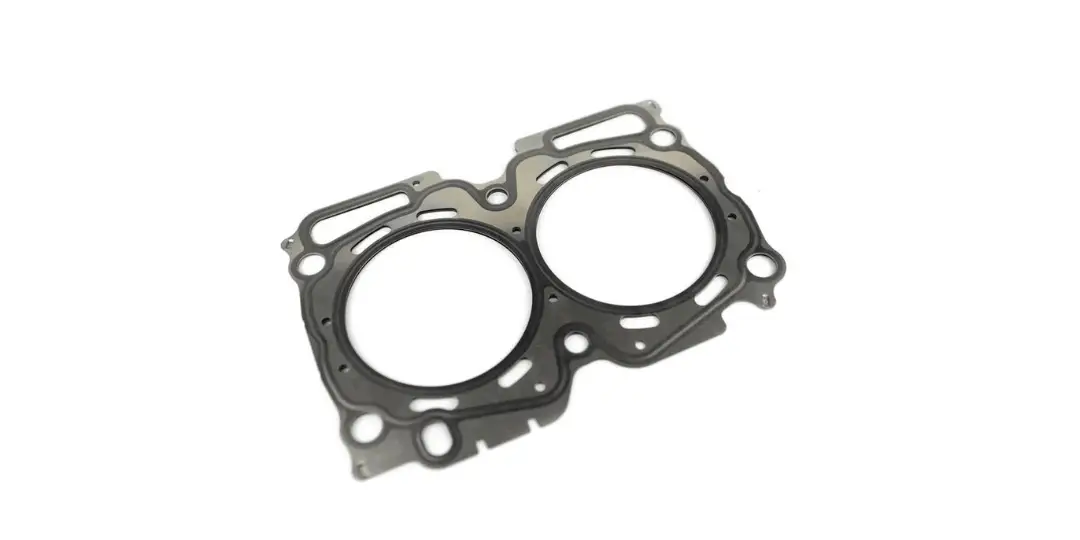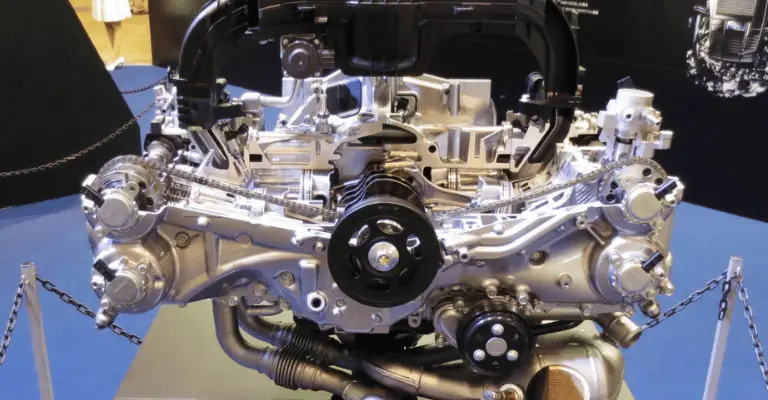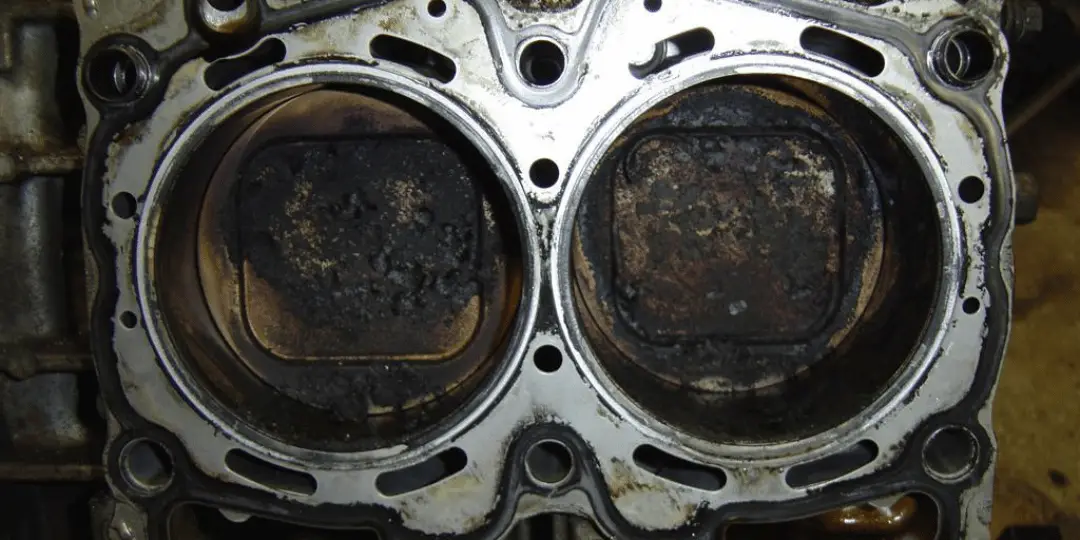The beckoning of the open road, and the allure of the horizon, is irresistible when you’re behind a dependable Subaru. Yet, as any car aficionado can attest, every journey presents its own twists and turns, and being aware of potential hazards is critical for a seamless drive. Subaru’s head gasket issues have certainly stirred up conversations among car enthusiasts. Are these head gasket concerns as widespread as they seem? And if so, which models and years bore the brunt? Your search for understanding ends here. Stick around as we enhance your knowledge, demystify Subaru’s head gasket issues, and disclose the years most impacted. Our thorough, undeniably clear summary provides the bases for you to make educated decisions and keep your Subaru running smoothly for many miles ahead. Fasten your seatbelt; let’s unravel this fascinating automotive enigma together.
Need tools for your project? Toolbox, a tool rental marketplace, might be worth a look.
Are Subaru’s Prone To Head Gasket Failures? (Yes)

In reality, Subarus are indeed susceptible to head gasket failures. This susceptibility is particularly true for certain models and production years, which we will discuss in detail later. The head gasket, though not part of the engine, plays a crucial role in the operation of a vehicle’s engine. It serves as a seal between the engine block and the cylinder head, preventing the mixing of coolant and oil — two fluids necessary for smooth engine operation.
What Makes Subarus So Prone To A Blown Head Gasket?
The primary reason behind Subaru’s propensity to head gasket problems lies in the unique design of their engines. Subaru is one of the few automakers that use the Boxer engine — a type of engine where the pistons move horizontally, in opposition to each other. This unique design, while boasting several advantages such as a lower center of gravity and better weight distribution, also contributes to the head gasket issues.
Overview of The Boxer Engine’s Configuration

The Boxer engine, also known as a horizontally-opposed or flat engine, has its pistons lay flat. The piston’s movement is directed side-to-side, opposed to the up-and-down movement seen in conventional inline or V engines. In this configuration, the engine block and the cylinder head are placed in a horizontal plane. When the engine is switched off, the coolant and oil tend to pool next to the head gaskets rather than draining away, leading to potential degradation of seals over time.
How Is The Boxer Engine Different From Other Configurations?
In contrast to conventional engines that stand upright or at an angle, the Boxer engine lies flat. This flat orientation results in better balance, reducing the vibrations produced during operation. Additionally, the Boxer engine’s design contributes to the vehicle’s overall balance and stability, as it allows for a lower center of gravity. However, the downside to this configuration is the higher potential for head gasket issues.
Related read: Are Subarus Expensive To Fix and Maintain? Yes and No
What Are The Signs Of A Blown Head Gasket?
- Overheating Engine: If your Subaru is consistently running hot, this could be a sign of a cracked head gasket.
- Contaminated Oil: The presence of a milky white substance on your dipstick could indicate the mixing of coolant and oil — a clear sign of a head gasket issue.
- White Exhaust Smoke: If white smoke is emanating from your exhaust pipe, this could suggest that coolant is leaking into the combustion chamber.
- Reduced Engine Power: A damaged head gasket can impair the engine’s combustion process, leading to a noticeable decrease in power.
- Visible Leaks: External leaks of coolant or oil could be a telltale sign of a failing head gasket.
Related: Subaru Dashboard Lights And Meanings
What Year Subarus Have The Most Head Gasket Problems?
Subaru’s head gasket issues seem to be particularly prevalent in two distinct groups of production years.
Group 1 (Earlier Subaru Models)
The first group includes models from 1996-1999. The affected models, such as the Subaru Legacy, Subaru Outback, Subaru Impreza, and Subaru Forester, were known to experience internal head gasket leaks. These leaks led to engine overheating due to coolant loss.
Group 2 (Later Subaru Models)
The second group consists of models from 2000-2009. These models, including the Subaru Legacy, Subaru Outback, and Subaru Impreza, were known to suffer from external leaks between the engine block and cylinder heads. These leaks resulted in the mixing of coolant and oil, leading to potential engine damage.
Here’s a comparison table illustrating the head gasket issues found in two separate production groups of Subaru vehicles:
| Production Group | Models Affected | Common Issues | Cause of Issue | Typical Mileage for Issues | Repair Solutions |
|---|---|---|---|---|---|
| Group 1 | Legacy, Outback, Impreza, Forester (1999-2003) | Oil leaks, Coolant leaks, Overheating | Design flaws in head gasket material and structure | 60,000 – 100,000 miles | Head gasket replacement with updated materials |
| Group 2 | Legacy, Outback, Impreza, Forester, Baja (2003-2009) | External coolant leakage, Overheating, Higher repair costs | Improvements made but issues persist due to material and engine design | 90,000 – 150,000 miles | Head gasket replacement, sometimes more extensive engine repairs |
You may want to consider these Subaru years to avoid:
– Forester Years To Avoid (+Worst Of Them All)
– WRX Years to Avoid When Subie Searching
– Subaru Impreza Years to Avoid: A Comprehensive Overview
– What Subaru Legacy Years To Avoid? A Tainted Legacy
– Subaru Outback Years to Avoid: A Comprehensive Guide

Has Subaru Fixed The Head Gasket Problem?
Subaru has made several attempts to rectify these head gasket issues. In 1999, they introduced an updated multi-layer metal shim gasket to address the problem. However, some post-2000 models still experienced issues. It wasn’t until 2014 that Subaru began equipping all their models with improved head gaskets. However, the real test of these newer models’ reliability will be seen as they accumulate more mileage.
What Can You Do To Prevent These Head Gasket Issues?
While Subaru has made efforts to rectify the head gasket problem, it doesn’t hurt to take some preventive measures. Regular oil changes, refreshing the engine coolant every 2-3 years, and ensuring your battery terminals are clean can help reduce the likelihood of head gasket failure.
How Much Does It Cost To Replace or Repair a Bad Head Gasket?
The cost to replace or repair a bad head gasket can be quite high, averaging around $1500 for parts and labor. The most significant part of this cost is attributed to the labor-intensive process of engine removal to access the gasket.
Read more: Is It Worth Fixing Subaru Gaskets? Yes and No (Here’s Why)
With Subaru’s New Models, Has Subaru Fixed The Head Gasket Problems?
There are reports suggesting that Subaru may have finally resolved the head gasket issue with their new models. Starting from 2011, they redesigned the 2.5-liter engine and began using a multi-layered steel cylinder head gasket. This new design eliminated the coolant passages through the head gasket, reducing the likelihood of leaks. Only time and mileage will truly attest to the success of this redesign.
To wrap things up, it’s important to consider this: while Subaru’s head gasket issues have been a significant concern for many owners, the automaker has made efforts to address the problem. By staying informed and taking preventive measures, owners can help ensure the longevity and reliability of their Subaru vehicles.
Read about this Subie problem you should also be aware of: Subaru Battery Problems: Causes, Solutions, & Prevention
Frequently Asked Questions
Subaru is said to have rectified the head gasket problems starting from 2011 with a complete redesign of their 2.5-liter engine.
Subaru models most affected by head gasket issues include the Subaru Forester (1999-2010), Subaru Impreza (1999-2011), Subaru Outback (2000-2009), Subaru Legacy (2000-2009), and Subaru Baja (2003-2006).
Head gasket issues in Subarus typically start to appear around 90,000 to 150,000 miles.
No, not all Subaru head gaskets fail. Many factors contribute to head gasket failure, including maintenance routine, driving conditions, and the specific model of Subaru.
Regular oil changes, refreshing the coolant every 2-3 years, and ensuring clean battery terminals can help reduce the likelihood of head gasket failure.